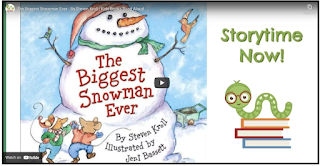What does it feel like to have dyslexia? There isn’t a way to really show you how it feels, but the following are a couple of activities that you can do to see how much brain power it takes to complete a simple activity.
Reading Disability
Many people who have dyslexia often say the letters/words seem to jump or move about the page. Check out this website: Dyslexia Simulator. How difficult was it for you to read the information?
Writing Disability
Writing involves so many skills it's really amazing that people learn to write. It involves spelling, handwriting, memory, and thinking. To give you an idea of what it's like to have a fine motor/handwriting difficulty, try writing with your non-dominant hand. You can do it, but it's difficult. You probably struggle with stamina. I doubt you would be able to to write with your non-dominant hand all day. If the problem is spelling/reading related, try to answer this question by writing a paragraph.
What is your favorite animal?
Rules: You can only use your non-dominant hand. You cannot use the following letters in your writing: a, r, t. You cannot use words with more than 2 syllables.
I'm sure you have great ideas, but how did these rules limit the knowledge you were able to share? Many times our students with dyslexia cannot fully share their knowledge when writing.
Math Disability
Each letter of the alphabet is assigned a number. A=1, B=2, and so on. You have 1 minute to solve the following problems but you cannot make a cheat sheet with the number each letter represents.
1. A+H=
2. B+Y=
3. G+K=
4. Z+Z=
5. X-F=
6. V-P=
7. L+R=
8. H-B=
9. M+N=
10. D+U=
How much mental stamina did these tasks require? Could you keep this level of focus all day? Where you really able to show your level of knowledge? How did it make you feel?
Keep these in mind as you work with students who have any type of a disability.













